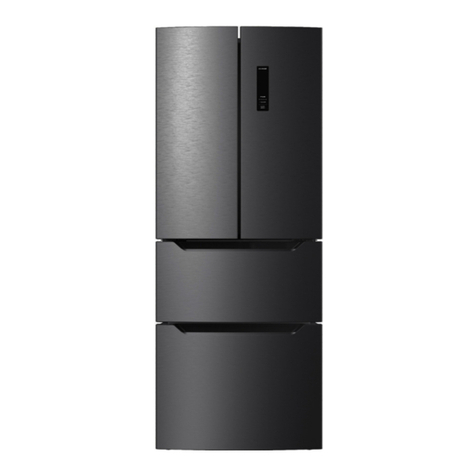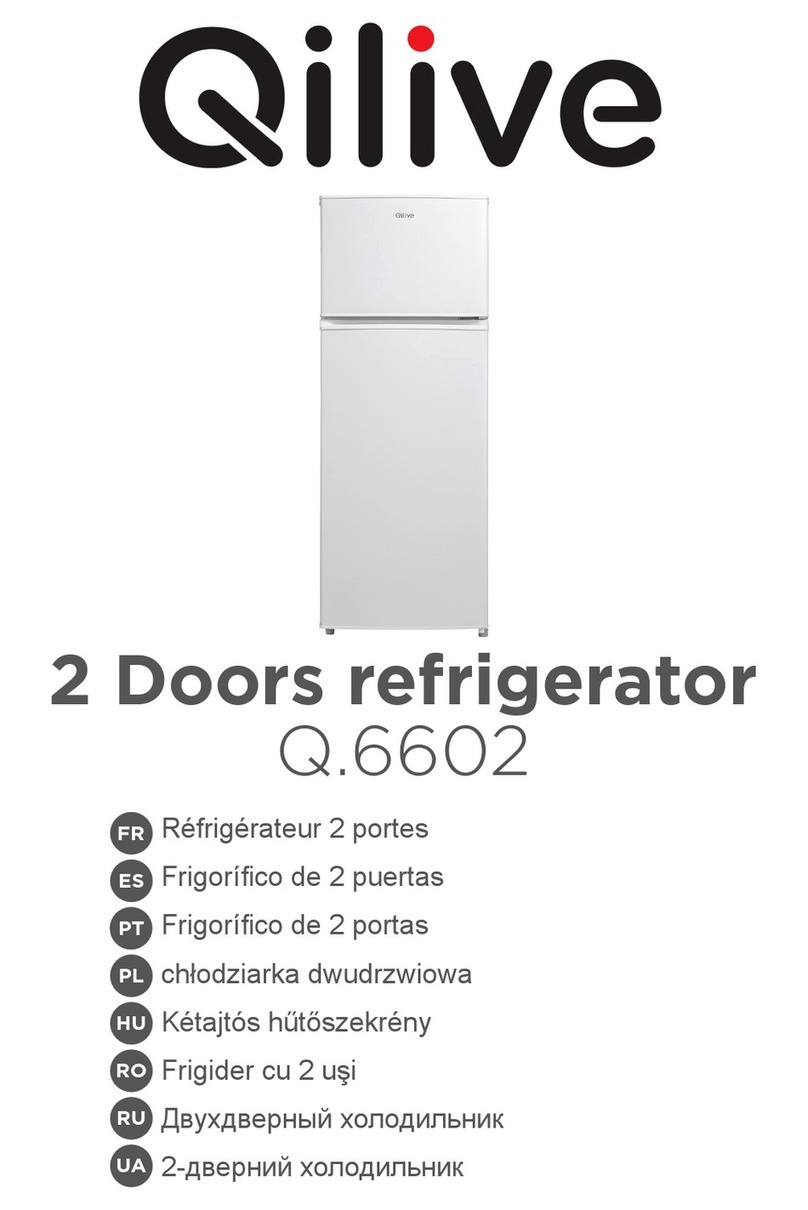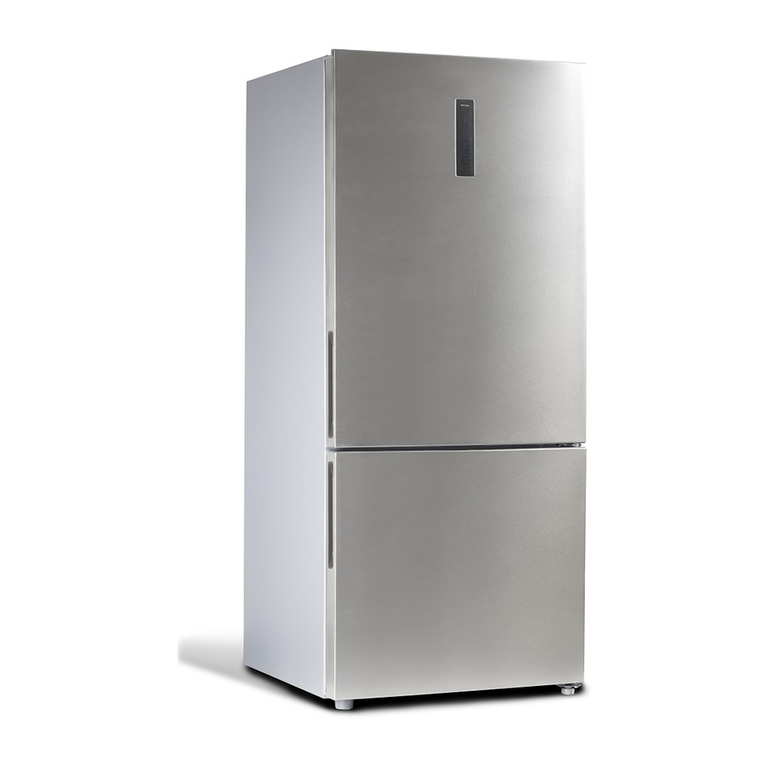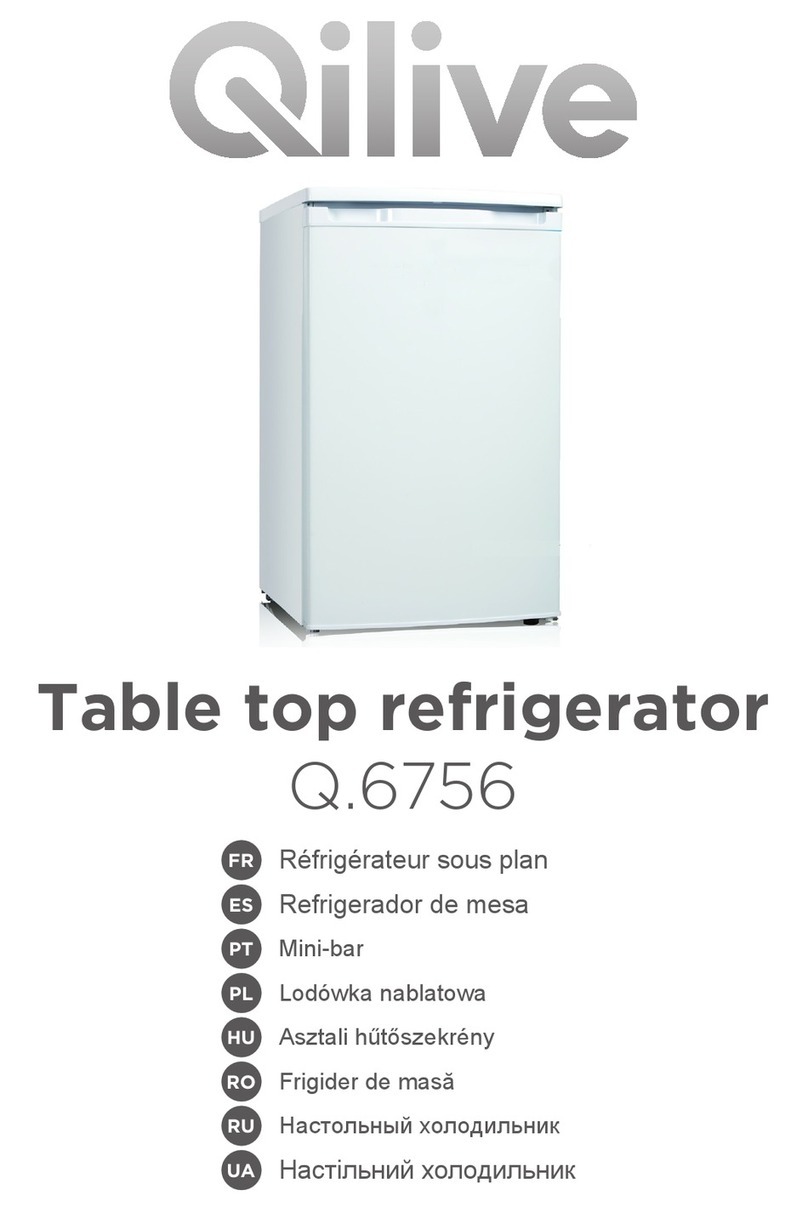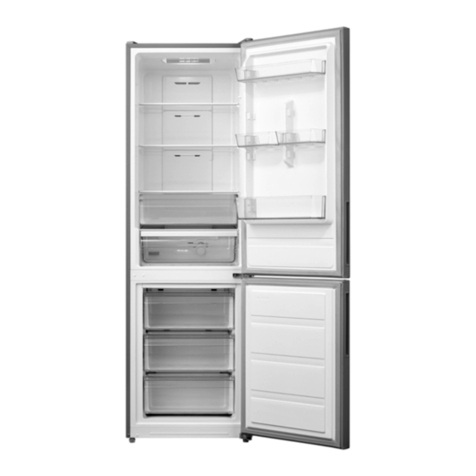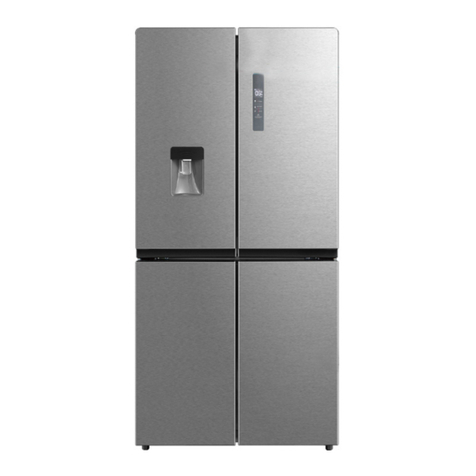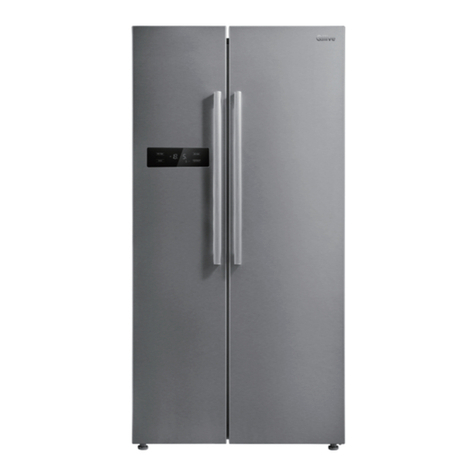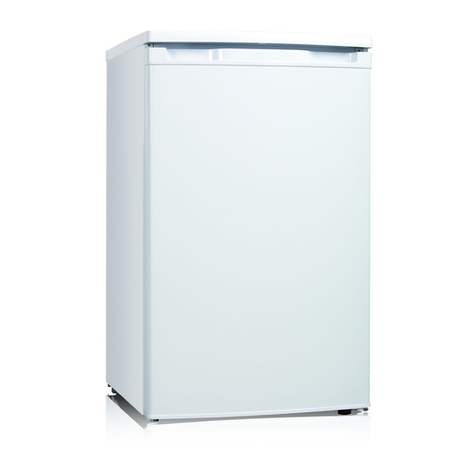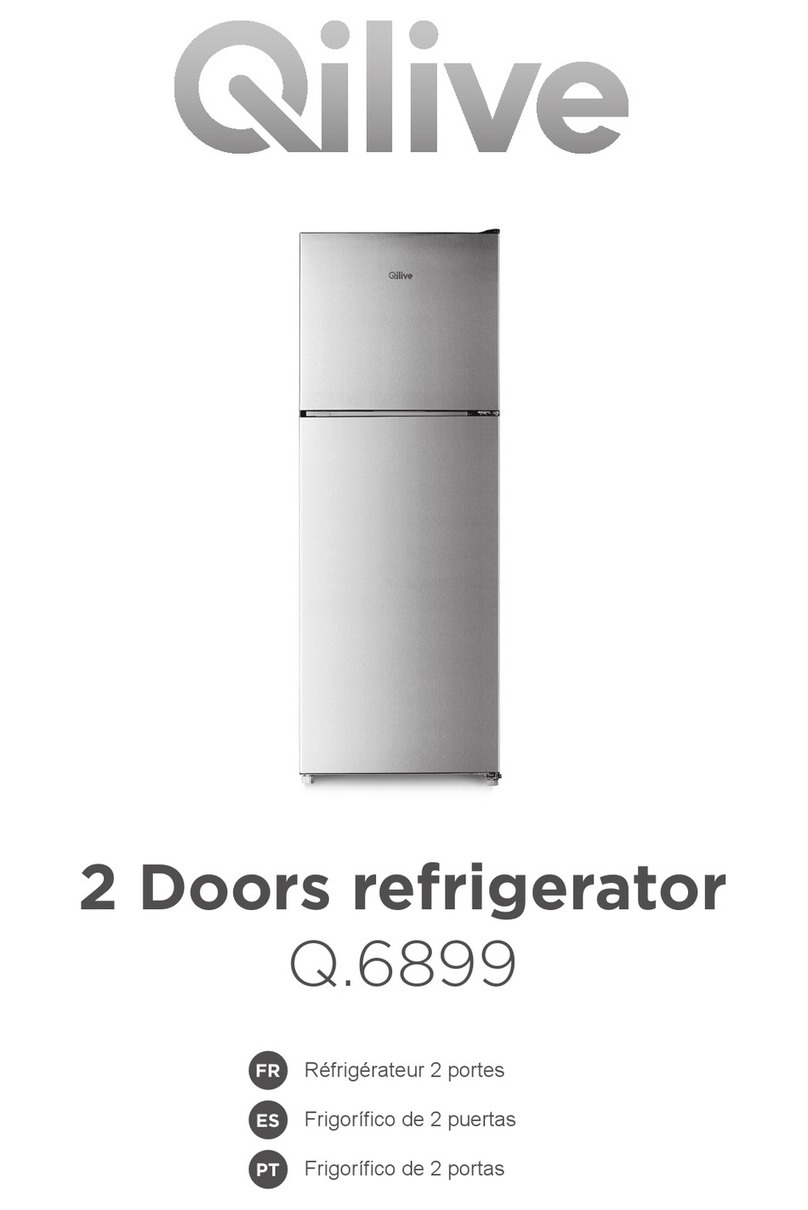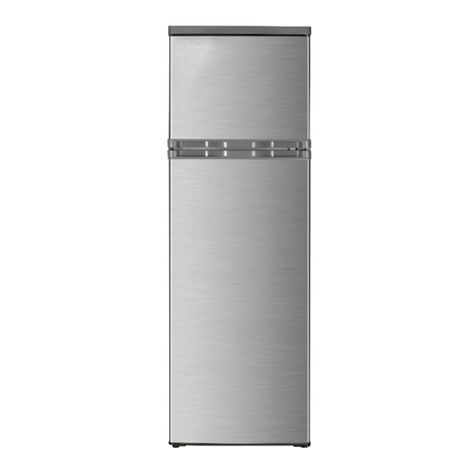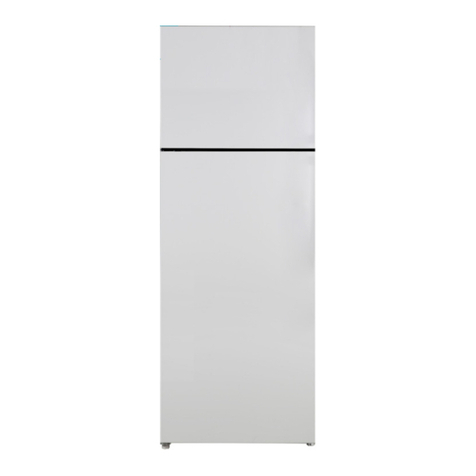
4
EN
1. SAFETY INSTRUCTIONS
1.1. WARNING
Please read the Manual carefully before use. The Manual shall be kept in good custody for later reference
1. Warning : risk of re / ammable materials.
2. This appliance is intended to be used in household and similar applications such as sta kitchen areas in
shops, oces and other working environments; farm houses and by clients in hotels, motels and other residential
type environments; bed and breakfast type environments; catering and similar non¬retail applications.
3. Children should be supervised to ensure that they do not play with the appliance.
4. If the supply cord is damaged, it must be replaced by the manufacturer, its service agent or similarly qualied
persons in order to avoid a hazard.
5. Do not store explosive substances such as aerosol cans with a ammable propellant in this appliance.
6. The appliance has to be unplugged after use and before carrying out user maintenance on the appliance.
7. Warning: Keep ventilation openings, in the appliance enclosure or in the built-in structure, clear of obstruction.
8. Warning: Do not use mechanical devices or other means to accelerate the defrosting process, other than
those recommended by the manufacturer.
9. Warning: Do not damage the refrigerant circuit.
10. Warning: Do not use electrical appliances inside the food storage compartments of the appliance, unless they
are of the type recommended by the manufacturer.
11. Warning: Please abandon the refrigerator according to local regulators for it use ammable blowing gas and
refrigerant.
12. Warning: When positioning the appliance, ensure the supply cord is not trapped or damaged.
13. Warning: Do not locate multiple portable socket-outlets or portable power supplies at the rear of the appliance.
14. Do not use extension cords or ungrounded (two prong) adapters.
15. Danger: Risk of child entrapment. Before you throw away your old refrigerator or freezer:
– Take o the doors.
– Leave the shelves in place so that children may not easily climb inside.
16. The refrigerator must be disconnected from the source of electrical supply before attempting the installation
of accessory.
17. Refrigerant and cyclopentane foaming material used for the appliance are ammable. Therefore, when the
appliance is scrapped, it shall be kept away from any re source and be recovered by a special recovering
company with corresponding qualication other than be disposed by combustion, so as to prevent damage to the
environment or any other harm.
18. For EN standard: This appliance can be used by children aged from 8 years and above and persons with
reduce physical sensory or mental capabilities or lack of experience and knowledge if they have been given
supervision or instruction concerning use of the appliance in a safe way and understand the hazards involved.
Children shall not play with the appliance. Cleaning and user maintenance shall not be made by children without
supervision. Children aged from 3 to 8 years are allowed to load and unload refrigerating appliances.
19. The necessity that, for doors or lids tted with locks and keys, the keys be kept out of the reach of children and
not in the vicinity of the refrigerating appliance, in order to prevent children from being locked inside.
20. To avoid contamination of food, please respect the following instructions:
– Opening the door for long periods can cause a signicant increase of the temperature in the compartments
of the appliance.
1. SAFETY INSTRUCTIONS P.4
2. PROPER USE OF FREEZER P.9
3. STRUCTURE AND FUNCTIONS P.14
4. MAINTENANCE AND CARE OF THE APPLIANCE P.16
5. TROUBLE SHOOTING P.17
6. GUARANTEES P.18
CONTENT OVERVIEW:
